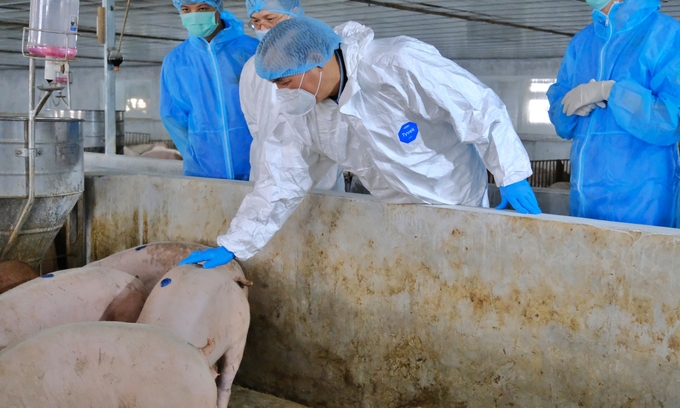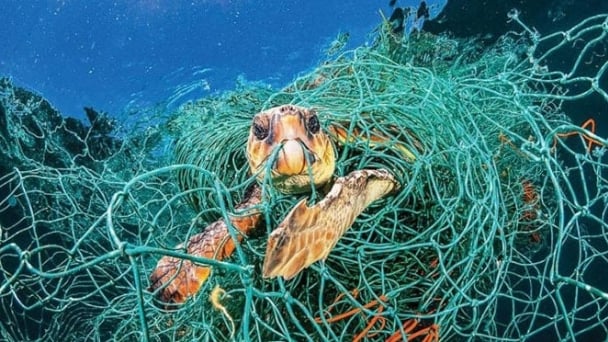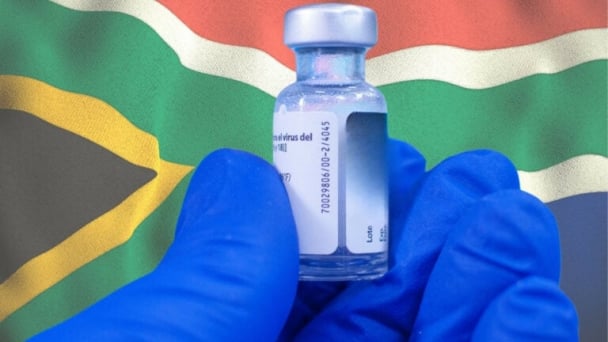June 15, 2025 | 03:08 GMT +7
June 15, 2025 | 03:08 GMT +7
Hotline: 0913.378.918
June 15, 2025 | 03:08 GMT +7
Hotline: 0913.378.918

Deputy Minister Phung Duc Tien was on a working trip to Son La province at the end of 2021. Photo: Trung Hieu.
In more than 70 years of accompanying the country's development, the livestock sector has gradually transformed livestock farming activities from fragmented, small-scale, self-sufficient to an economic sector with a high position in the region and the world.
This shift has become evident in recent years when the proportion of farms and industrial parks has accounted for over 45% of production scale and over 55% of output. This type of economy creates millions of jobs, improving people's livelihoods in neighboring areas while contributing to developing a green economy, a circular economy, and transforming the rural regions.
In 2023, the growth value of the livestock sector is estimated to reach nearly 6%, contributing about 26% to agricultural GDP. Pig farming, the key industry, grew by more than 4%, keeping the national pig herd at 30 million. In addition, the poultry population also grew by nearly 3%, with a total herd of more than 550 million. From having to import, the livestock industry has ensured the supply of meat, eggs, and milk for 100 million people and gradually increased export value.
To promote rapid and sustainable development of livestock, in addition to promoting scientific research to select and create livestock breeds with productivity, quality, and industrial-scale production, it is also necessary to pay attention to exploiting and developing genetic resources of indigenous livestock breeds in the direction of commodity production. Names such as Tien Yen hill chicken, Phu Binh hill chicken, Tan Yen clean pig; Ha Giang honey, Minh Huong duck ... appear increasingly on the market. It is not an exaggeration to say that this group of local specialties shapes a Vietnamese identity for the livestock sector.
However, due to being raised mainly on a household scale, the number of these branded products is limited, making it difficult to comply with biosafety farming processes and disease prevention. In particular, the price of finished products is not different from that of conventional products, making farmers uneasy.
Dr. Nguyen Van Trong, former Deputy Director of the Department of Animal Husbandry, said that management agencies and enterprises should have programs to support people in building brands and geographical indications for high-quality native livestock breeds with advantages associated with ecotourism. Also, managing and producing livestock breeds according to the breeding pyramid associated with national identification codes.
2017 the livestock industry made a big splash when it successfully cloned pigs using somatic cell nuclear transfer techniques. In addition, the livestock industry also mastered the technology of implanting fresh and frozen embryos on breeding sows, resulting in sows giving birth to an average of 12 - 16 piglets per litter. Combined with research and analysis of polymorphisms of candidate genes related to livestock production traits such as growth rate, meat quality, and number of live piglets/litter, science and technology will certainly breathe new life into crossbreeding technology for livestock herds in localities.

Thứ trưởng Phùng Đức Tiến thăm trang trại nuôi lợn tại huyện Chương MỹDeputy Minister Phung Duc Tien visited a pig farm in Chuong My district, Hanoi, early 2023. Photo: Bao Thang.
The fisheries industry is transforming itself to reach out to the world. The industry structure has, therefore, changed dramatically towards increasing aquaculture and reducing exploitation, especially in occupations that affect aquatic resources. At the same time, increasing the processing of high-value products, significantly diversifying export products.
One of the essential contents of international integration was pointed out by Deputy Minister of Agriculture and Rural Development Phung Duc Tien in the Vietnam Fisheries Development Strategy for 2030, with a vision to 2045, which is mariculture. He analyzed that Vietnam has strengths in the sea, with a coastline of more than 3,200km, an exclusive economic zone of more than 1 million km2, and more than 3,000 islands. Because in the tropical region, Vietnam has rich aquatic reserves, with more than 2,000 species of fish, of which more than 100 species have high economic value.
The goal by 2030 is to achieve a mariculture output of 1.45 million tons, with an export turnover of about USD 2 billion. "Developing mariculture not only promotes socio-economic development but also contributes to protecting aquatic resources for the future," the leader of the Ministry of Agriculture and Rural Development shared, emphasizing that the entire fisheries sector is determined to strive towards "Transparency - Responsibility - Sustainability", with control and management according to international recommendations. This aims to build an image of Vietnam as responsible for global issues.
Some countries such as Norway, Chile, the United States ... have pioneered and truly become mariculture powers. On that basis, Deputy Minister Phung Duc Tien believes that Vietnam can completely reach out and become a country "strong in the sea, rich because of the sea".
Not only that, this modern farming method will push the value of aquatic production to grow strongly in the next 5-10 years, even maintaining a growth rate of 3-4% per year. With many high-value farming objects, mariculture can help the value of aquatic products export reach USD 14-16 billion in the near future while helping aquaculture output exceed the 5 million tons mark.
In the immediate future, the Ministry of Agriculture and Rural Development is actively directing and supporting localities to build and implement pilot infrastructure investment projects for industrial-scale mariculture in Quang Ninh, Phu Yen, Ninh Thuan, and Kien Giang provinces. In addition, the Department of Fisheries and the Department of Fisheries Control will coordinate to organize a variety of models for fishermen to switch from coastal exploitation to aquaculture and processing (fish, seaweed, mollusks, etc.) according to the community management model. There, people, processors, and product consumers will link into a chain, ensuring harmonious benefits and shared risks.
Along with industrial mariculture, supporting systems such as research, seed, and food production are developed. Training and development of high-quality human resources for mariculture must also be conducted in-depth and specifically.
In the long term, the Deputy Minister recommended that the Government urgently complete and submit to the National Assembly for approval the Marine Spatial Planning as a basis for implementing legal regulations on mariculture. Accompanying this is the socio-economic development planning in each locality to limit conflicts of interest in the marine space.
Translated by Huong Giang

(VAN) The working delegation from the Ministry of Agriculture and Environment conducted an important trip to the Netherlands to strengthen strategic partnerships and sustainable development in the agricultural sector.

(VAN) The letter ‘A Plea from the Ocean’ not only evokes emotion but also awakens the human conscience to the responsibility of protecting life on Earth.

(VAN) The Department of Agriculture in South Africa has announced the country’s first mass vaccination of poultry to prevent local birds from contracting avian influenza.

(VAN) Establishment of the Mekong Delta Regional Agricultural Linkage Center, aiming for a closed value chain, deep processing, trading platforms, and international market connectivity.

(VAN) Gia Lai province has recently recorded 460 rare species of animals and plants, contributing to forest conservation and biodiversity planning in the region.

(VAN) Ms. Caroline Beresford, New Zealand Ambassador to Vietnam, expressed confidence that agricultural cooperation between Vietnam and New Zealand will develop sustainably, be climate-resilient, and promote gender equality.

(VAN) Vietnam reaffirms its commitment to international cooperation in fostering sustainable and responsible fisheries while ensuring resilient livelihoods for small-scale fishing communities.